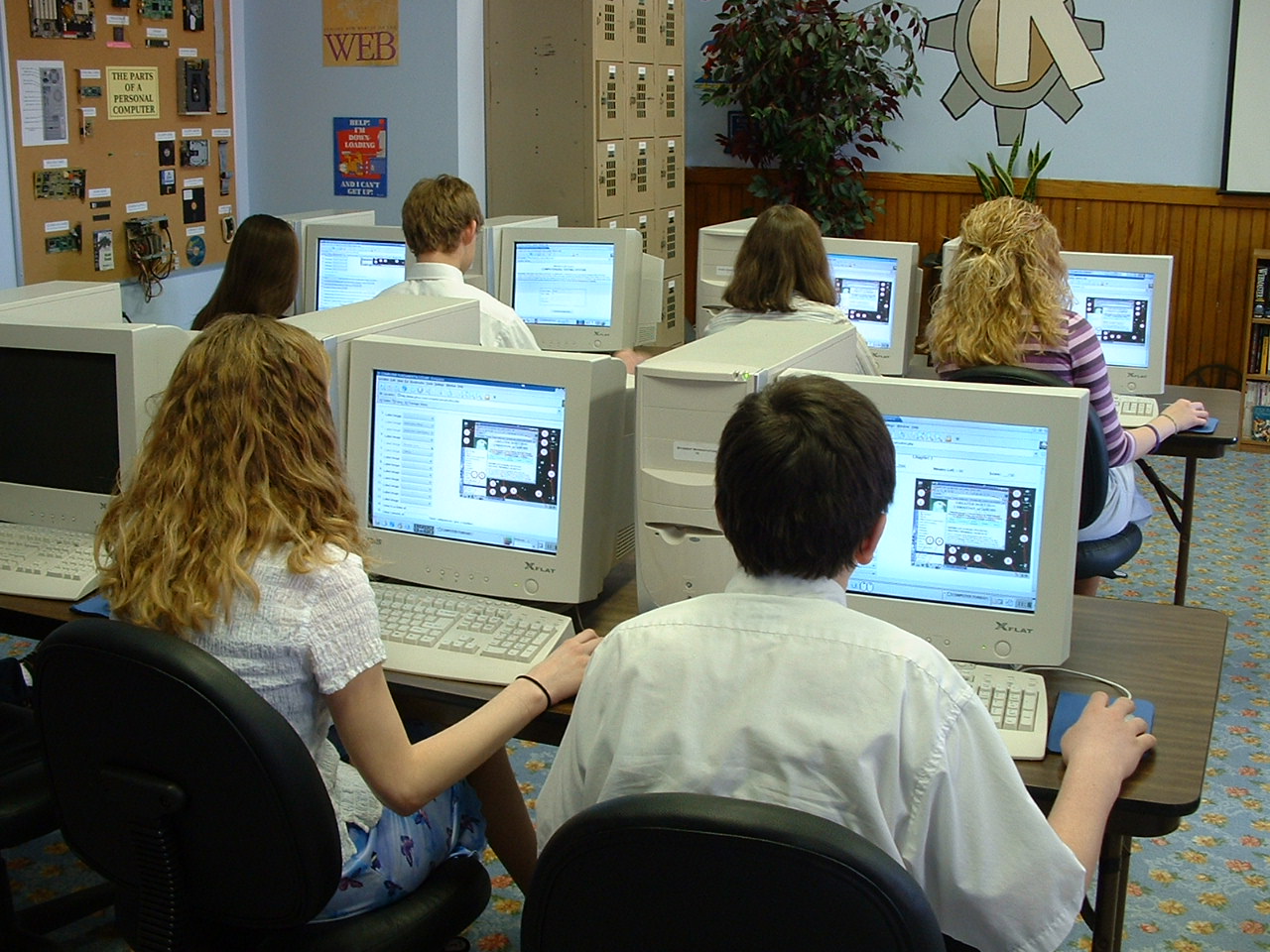Writing on the computer is very effective tool for writers, students and teachers.What are the tools of the writer’s trade? Notebooks, a good supply of favorite pens and pencils, file folders, a few reference books such as your handbook, and a personal computer—all of these might be used during a writing project. For many writers, however, the most important tool is the computer.
Those of you who have used a computer for writing already understand its value. Once you know how to use it, the computer can save you a lot of time. It also makes it easy to work with your writing, allowing you to rearrange information and add new ideas. And it helps you produce clear, readable copy to share with your readers.
Writers who are just getting into computers will find this article especially helpful. (Experienced “users” will learn some things as well.)
You Must Understand The Basics of Computer For Writing On The Computer Effectively
Like pen and paper, the computer is a medium for writing—you must still supply the words. The computer simply captures them more quickly and efficiently. The following observations will help you use your computer as efficiently as possible, whether you are already using computers or just beginning to.
- Until you become “keyboard fluent,” you may want to use pen and paper for your freewriting and drafting to ensure a free flow of ideas. Keep practicing until you master keyboarding. Then you will be able to make full use of the computer as a writing tool.
- Word-processing programs turn computers into high-tech writing machines that allow you to enter, delete, add, and move information. Most programs also allow you to check for spelling and grammar errors. But no spelling or grammar checker is foolproof. You must still check for errors after using these editing features.
Misspelled or missing words are easier to spot on paper than on a screen, so make sure to do your final editing and proofreading on a printed copy.
- Word-processing programs have many design and format options to help you create interesting and effective page layouts. Don’t get carried away with these options and overuse them.
- Work from a written copy of your composition until you get used to word processing. Remember, too, that it’s always a good idea to save your work at regular intervals.
- Staring at a monitor can cause eyestrain. If your eyes begin to ache, save your text, turn off your machine, and come back to your work at a later time.
- You should adjust the contrast and brightness on your monitor and check the lighting in the room to reduce glare.
- Writing with a computer involves a whole different vocabulary— bugs, bytes, bombs, menus. Learning the language of computers will help you become a better computer user.
How To Design Your Writing On The Computer
The test of good page design is that it makes your writing clear and easy to follow. Remember to focus on content first and then follow these tips for creating clean, attractive essays, reports, and research papers.
Typography
Use an easy-to-read serif font for the main text.
(Serif type, like this type, has tails at the tops and bottoms of the letters.) For most types of writing, use a 10- or 12-point type size.
Make titles and headings short and to the point.
Follow the rules for capitalizing titles and headings.
Consider using a sans serif font for the title and headings.
(Sans serif type, like this, does not have tails.) Use larger type, perhaps 18-point, for your title and 14-point type for any headings. (Use boldface for headings if they seem to get lost on the page.) By varying the size and style of your type, you help the readers follow your writing. Avoid elaborate typefaces that are hard to read.
Spacing And Margins
- Maintain a one-inch margin around each page (top, bottom, left, and right).
- Hit the tab key to indent the first line of each paragraph. This key should be set at five spaces.
- Leave only one space after a period to make your writing easier to read.
- Avoid placing headings, hyphenated words, and new paragraphs at the bottom of a page. Also avoid widows (single words at the bottom of a page) and orphans (single words at the top of a page).
GRAPHIC DEVICES
Create bulleted lists.
Most programs allow you to do this. Be selective; you don’t want too many lists in your writing.
Include charts or other graphics. These can add visual appeal. Graphics should not be so small that they get lost on the page, nor so large that they overpower the page.
